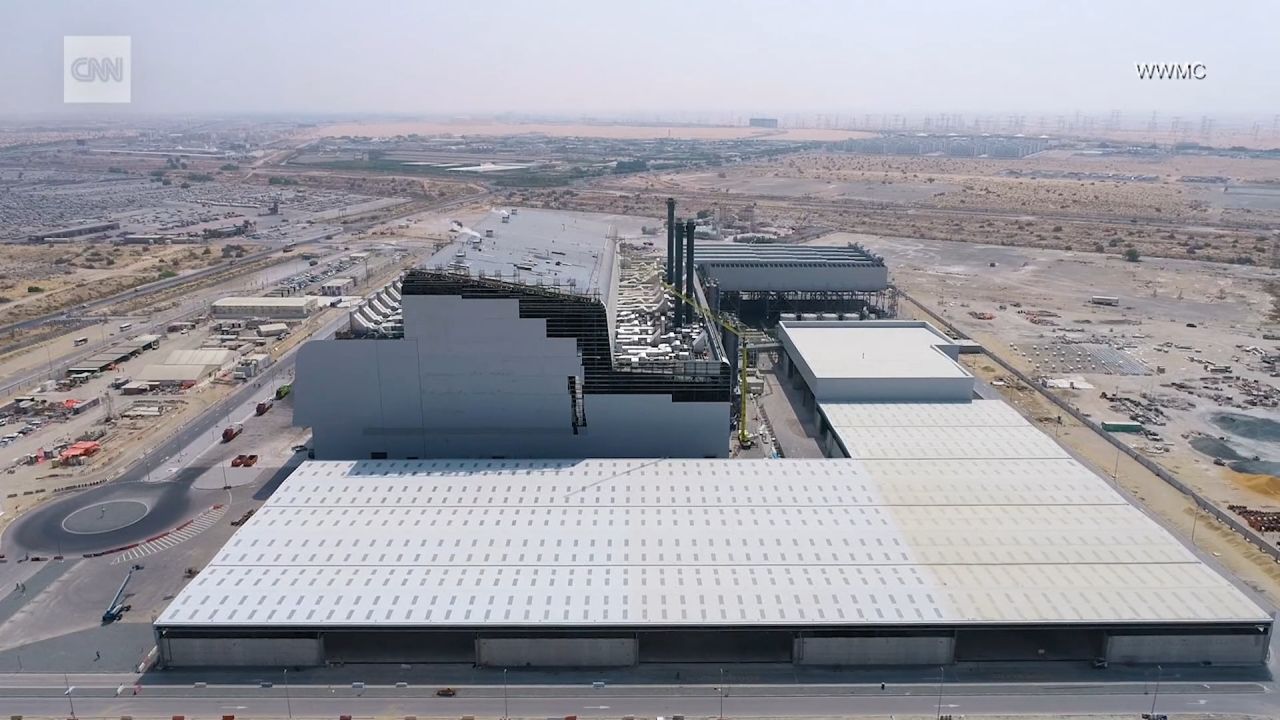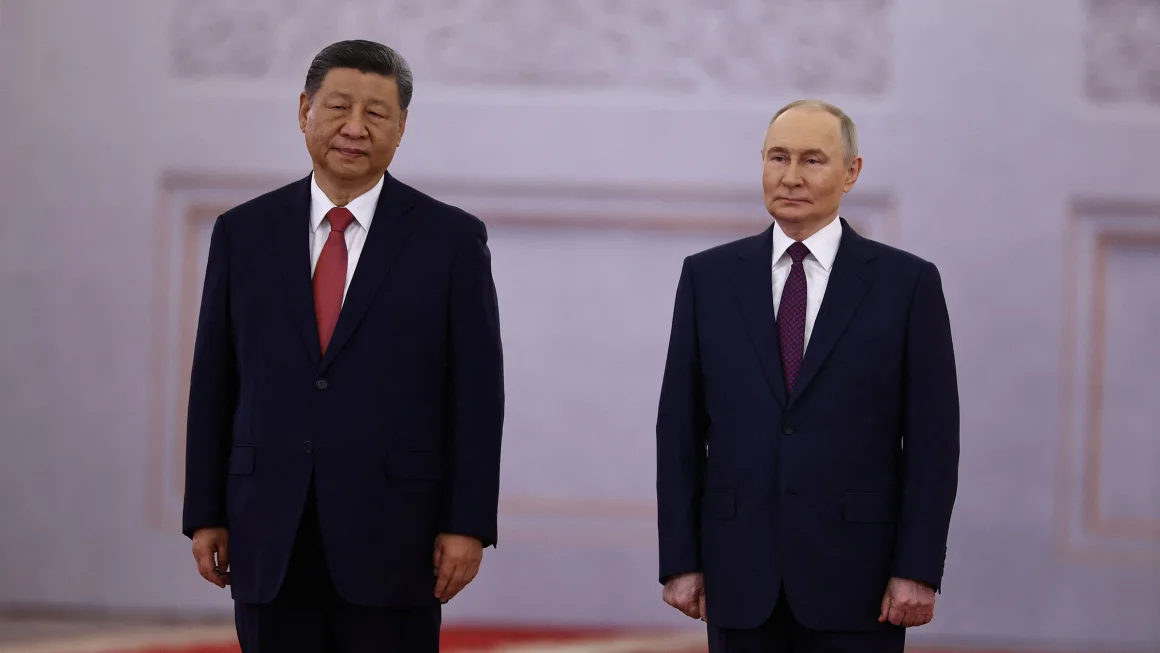World’s biggest waste-to-energy facility will power more than 100,000 homes

Editor’s Note: his CNN series is, or was, sponsored by the country it highlights. CNN retains full editorial control over subject matter, reporting and frequency of the articles and videos within the sponsorship, in compliance with our policy.
It’s difficult to imagine that an empty cereal box, a banana peel, or a deflated football could contribute to powering your home. Yet in Dubai, nearly half of all discarded waste plays a role in household energy.
Much of it ends up at a plant operated by the Warsan Waste Management Company.
“Around 45% percent of Dubai’s total waste comes to this facility,” says Tim Clarke, the company’s CEO.
Operational since March of this year, the Warsan plant will use 2 million metric tons of trash annually to produce electricity, enough to power approximately 135,000 homes, according to the company.
It’s known as a waste-to-energy plant, and about 13% of all urban waste worldwide ends up in a facility of this kind, according to the United Nations Environment Programme. This method of processing trash is widely adopted across Europe and in nations such as Japan, China, and the US. Yet the plant in Dubai distinguishes itself through its scale.
“It’s the largest facility of its kind in the world,” says Clarke.
“We operate at around 34% efficiency of producing electricity, which is much higher than would normally be expected from an energy waste plant, and that’s partly because with this size we can operate at higher temperatures and higher pressures.”
The power of waste
The process of converting waste into energy involves three steps: burning trash, using the heat to create steam, and directing the steam to drive a turbine, which generates electricity.
The process has been used for more than 100 years, but modern facilities have far more control over the pollutants released as waste is incinerated. Flue gas treatment allows the plant to filter toxic substances and stop them from going into the air.
“We inject reagents into [a reactor] to strip out all the harmful elements such as heavy metals, sulfur components, and they trap particles which are then taken away for disposal,” explains the CEO.
Not all pollutants are filtered out. Climate-warming carbon dioxide, for example, is released into the air. However, since the plant produces power, replacing the burning of fossil fuels, Warsan Waste Management believes the overall result is positive.
“We emit CO2, but also we generate 200 megawatts of electricity that’s not having to be produced by a fossil fuel source, which is primarily gas in the UAE,” says Clarke. “So [we’re] saving around 1.5 billion tons of carbon dioxide emissions per year.”
Facilities such as the one in Dubai also implement a few extra steps to maximize resource extraction. Metals, for instance, are separated for recycling. The mountains of ash, resulting from burning the trash, are collected and repurposed in road construction.
According to Clarke, out of the 5,500 tons of waste that the facility receives per day, only 200 tons of residue that can’t be reused remain after processing.
Need for recycling
Waste-to-Energy plants serve as an alternative to landfills, which contribute to approximately 11% of global methane emissions.
“If we’re globally putting more waste into open dumps, we’re creating methane that is unmanaged. That methane then is creating a significant emissions challenge,” explains Bryan Staley, CEO of the US-based non-profit Environmental Research and Education Foundation.
“As a solution, waste-to-energy can create less emissions compared to a landfill setting,” he adds.
But some environmental groups, such as Zero Waste Europe, argue that burning waste to generate electricity discourages efforts to cut waste and initiatives to increase recycling.
According to a document released by the government last year, the UAE recycles 20% of its treated waste, but hopes to increase that to 90% by 2050. Staley reinforces the need for recycling, as the most energy-efficient and environmentally friendly solution for waste management.
“There can be this perception of, well, I’ll just throw it in the trash can and it’ll be taken care of,” says Staley. “But your paper, your plastics, have a much better endpoint if they’re recycled and recovered rather than going to a waste energy facility because you can turn those materials into products.”
The post World’s biggest waste-to-energy facility will power more than 100,000 homes appeared first on Egypt Independent.
What's Your Reaction?
 Like
0
Like
0
 Dislike
0
Dislike
0
 Love
0
Love
0
 Funny
0
Funny
0
 Angry
0
Angry
0
 Sad
0
Sad
0
 Wow
0
Wow
0





















































